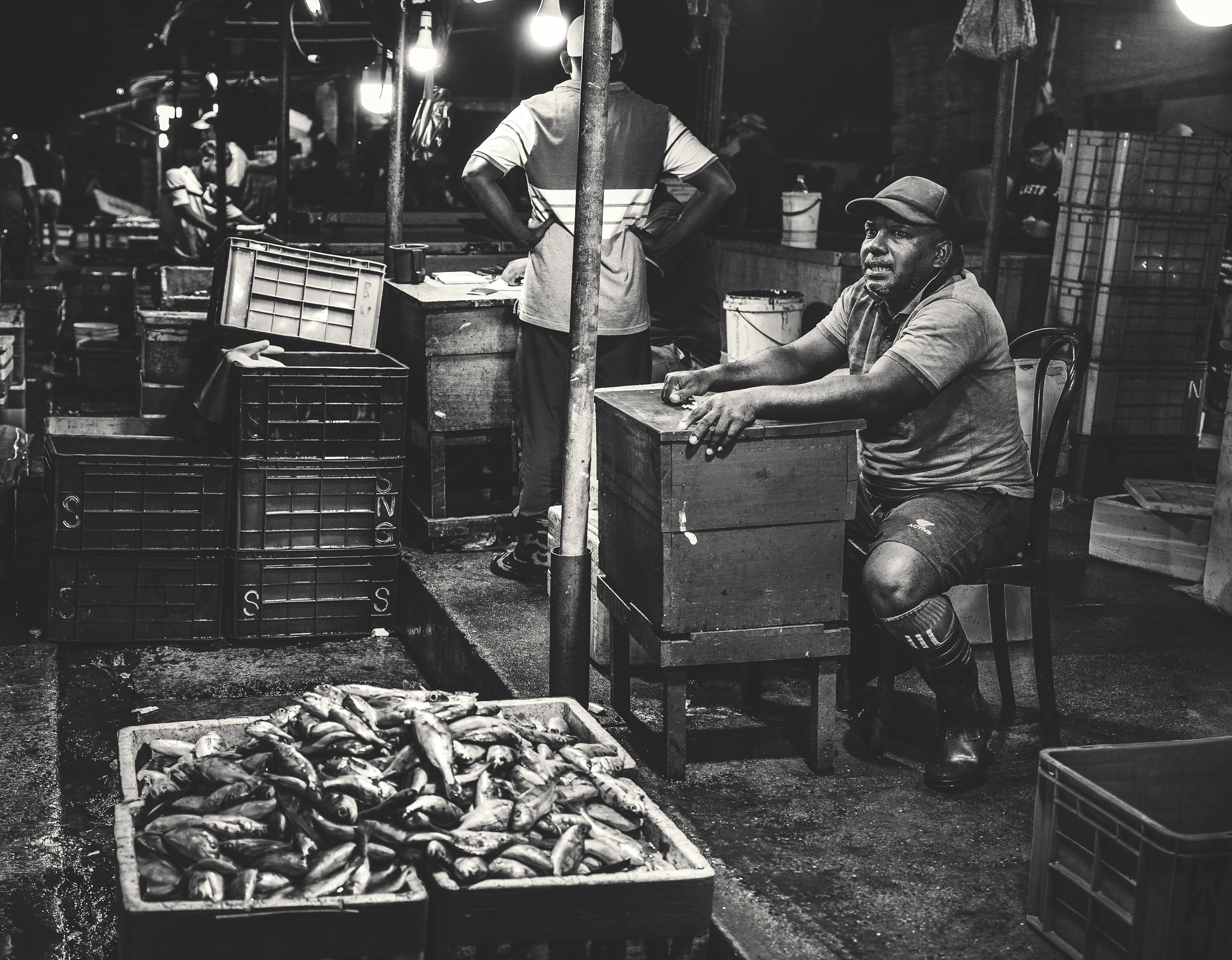
• 35mm • f/2.8 • 1/160 • ISO500 • Canon R6, with an RF35/1.8 courtesy Canon-Metropolitan
Ethnographic, Documentary & Travel Photography

• 35mm • f/2.8 • 1/160 • ISO500 • Canon R6, with an RF35/1.8 courtesy Canon-Metropolitan
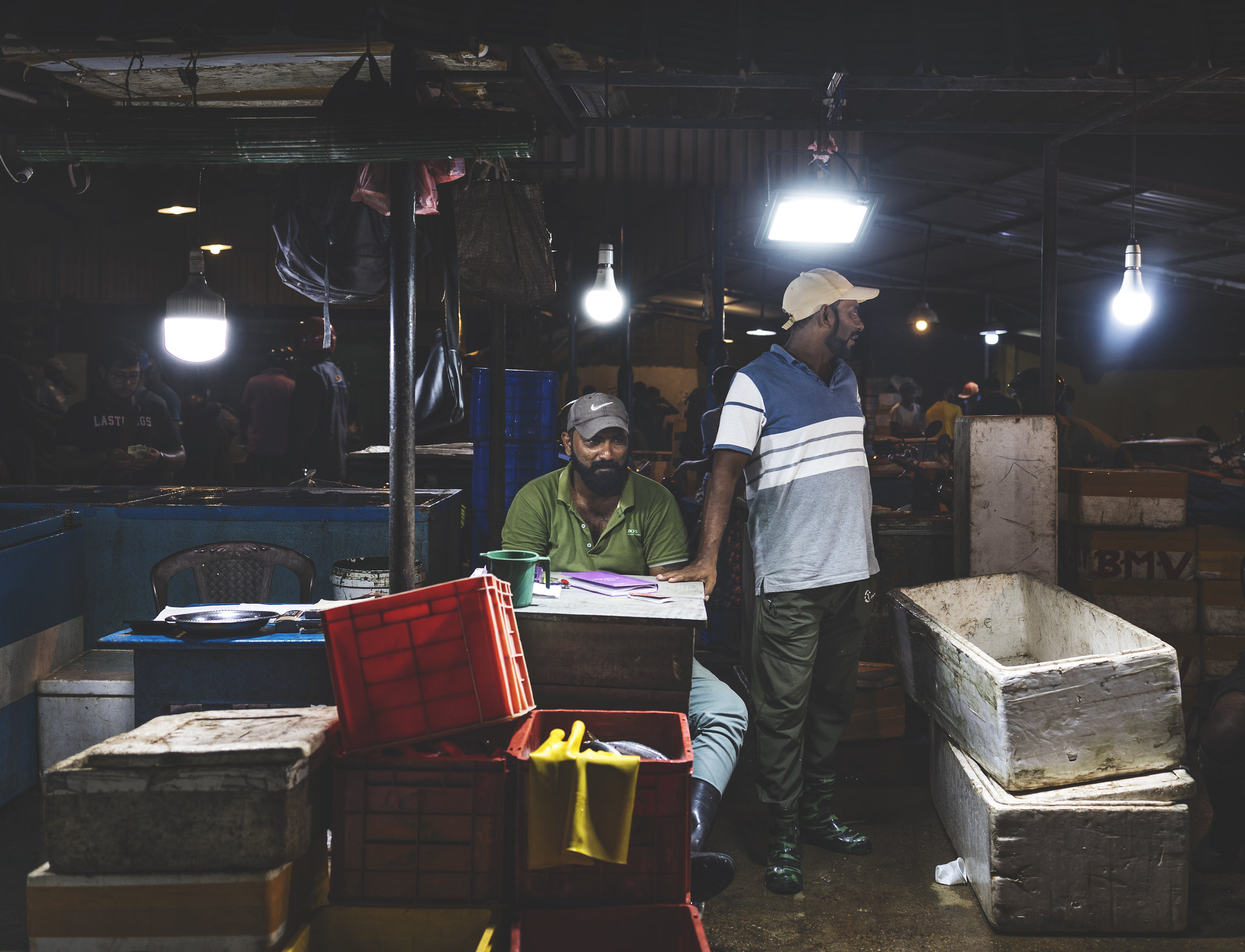
• 35mm • f/2.8 • 1/100 • ISO320 • Canon R6, with an RF35/1.8 courtesy Canon-Metropolitan

• 20mm • f/4 • 1/1250 • ISO200 • Canon R6 & RF14-35/4L •
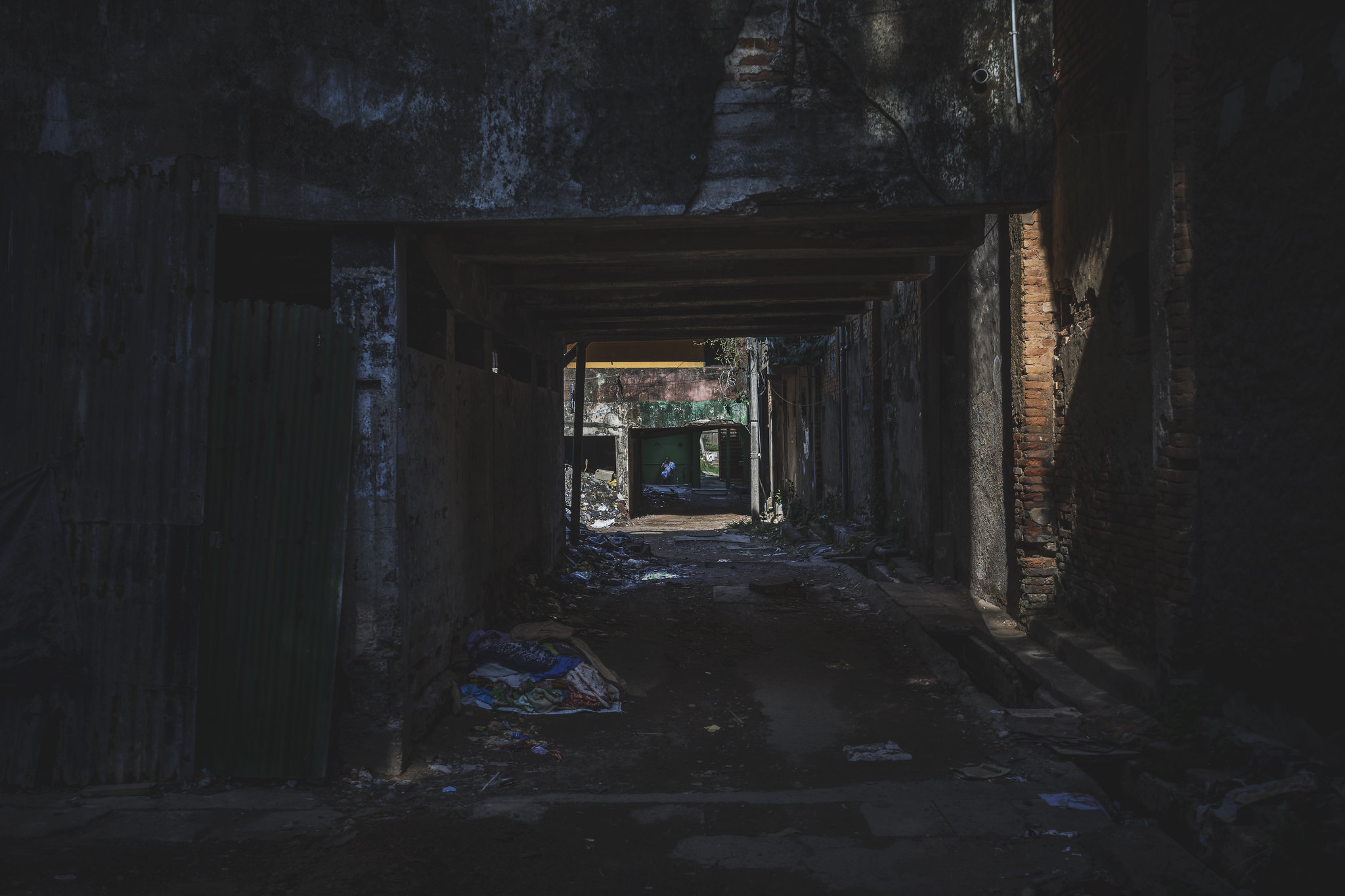
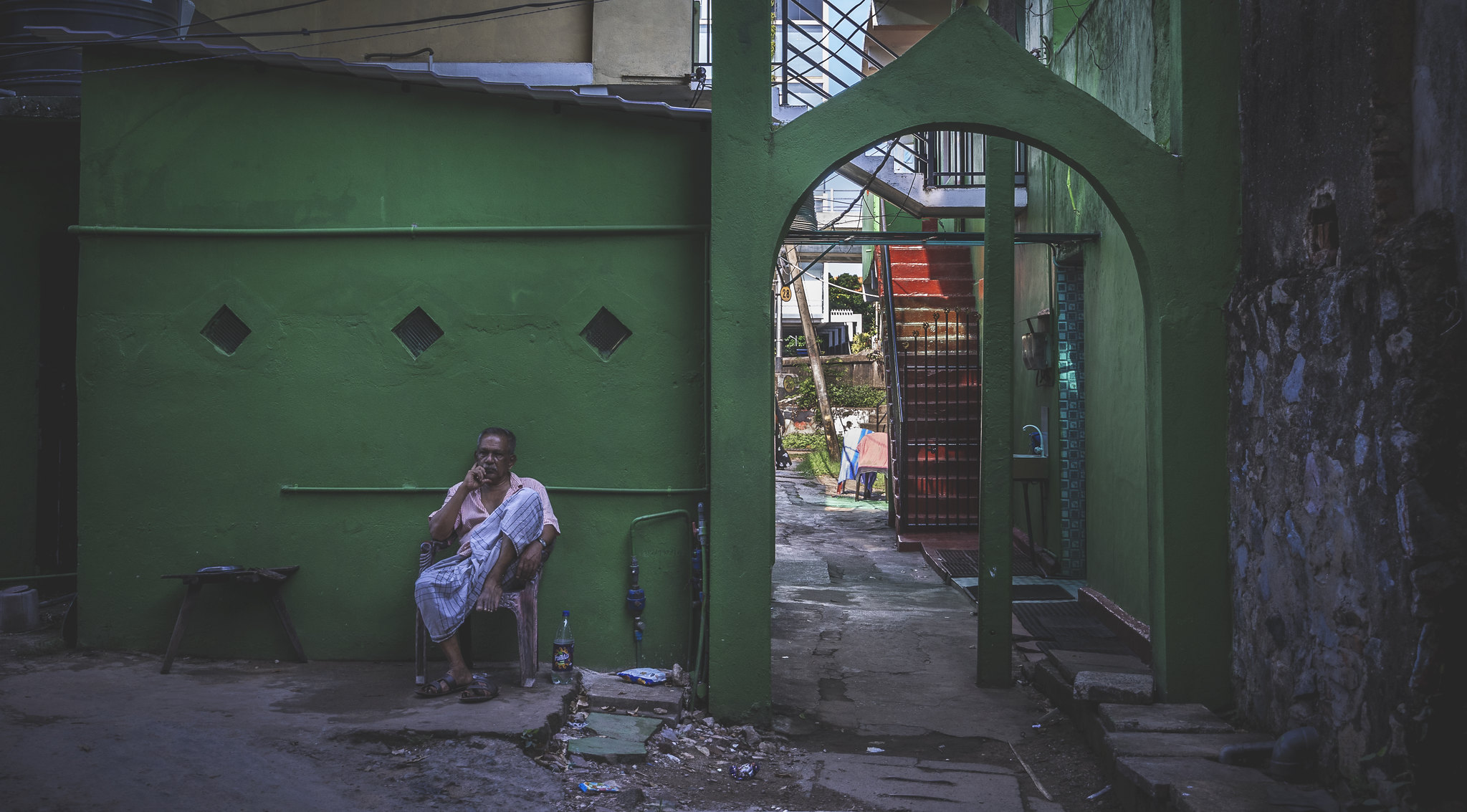
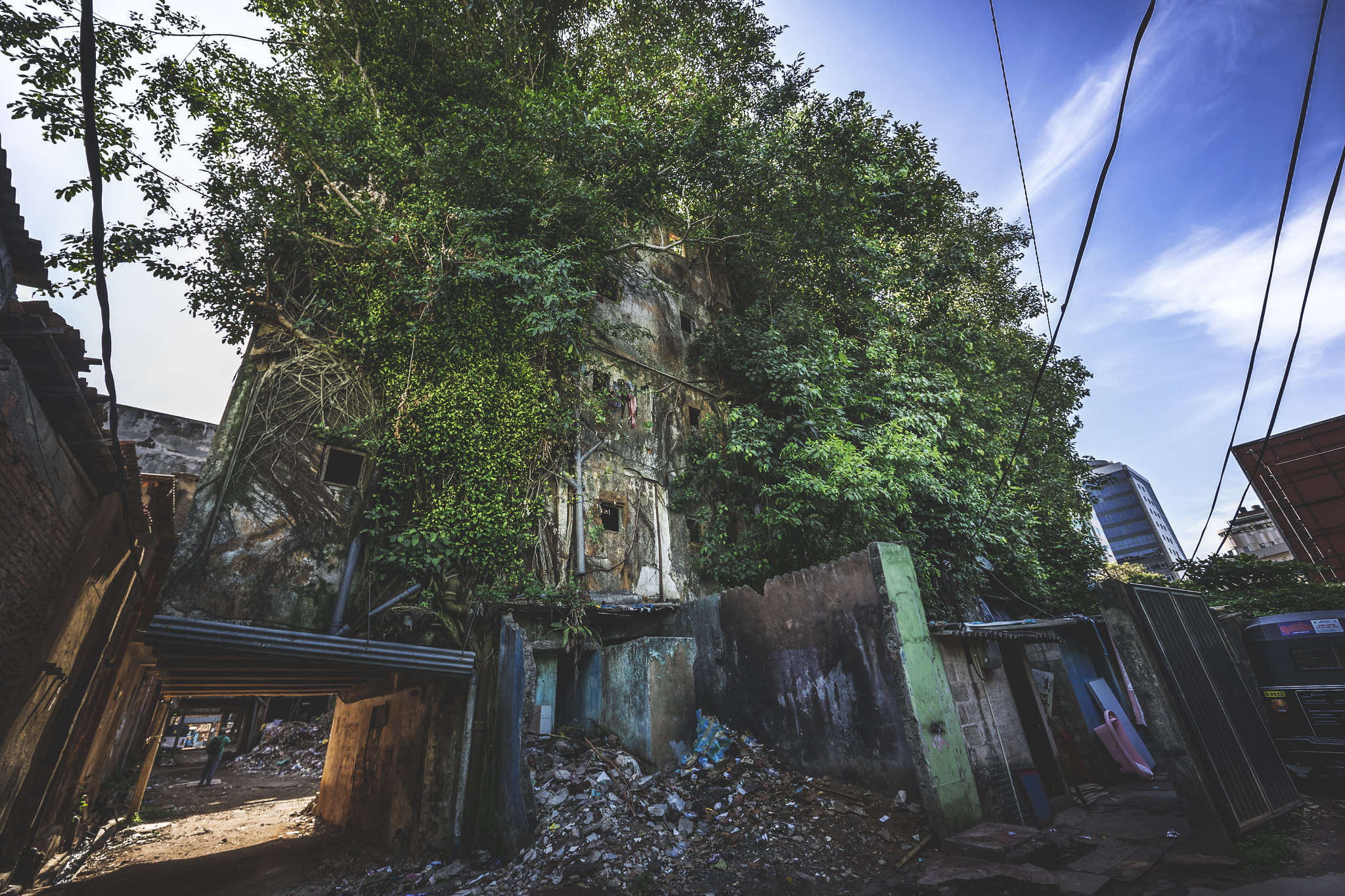

• 14mm • f/4 • 1/1250 • ISO100 • Canon R6 & RF14-35/4L •
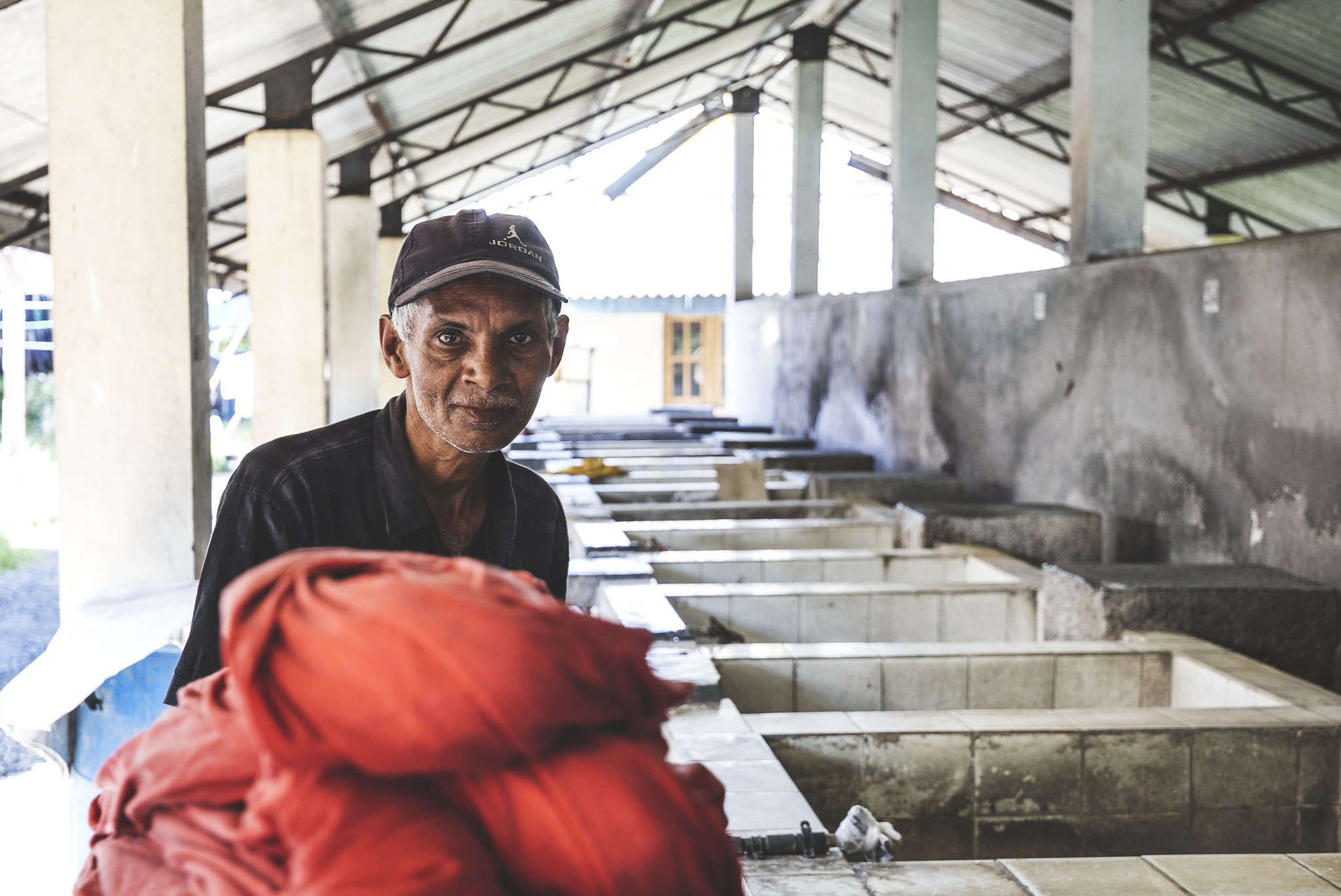

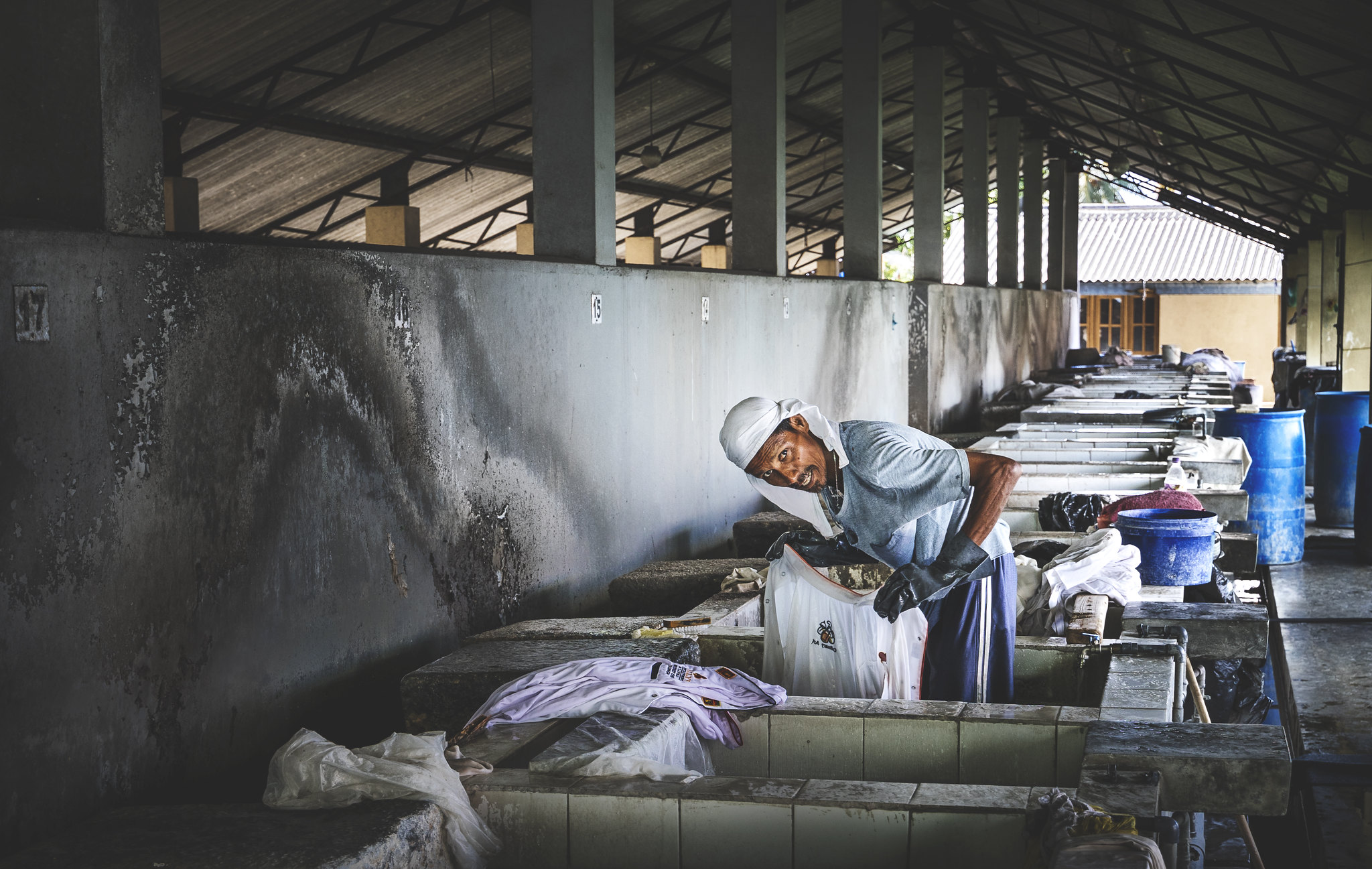

• 70mm • f/2.8 • 1/100 • ISO800 • Canon R6 & RF24-70/2.8L •

• 50mm • f/4 • 1/500 • ISO400 • 5DMkIV & EF 24-105/4L courtesy Canon/Metropolitan
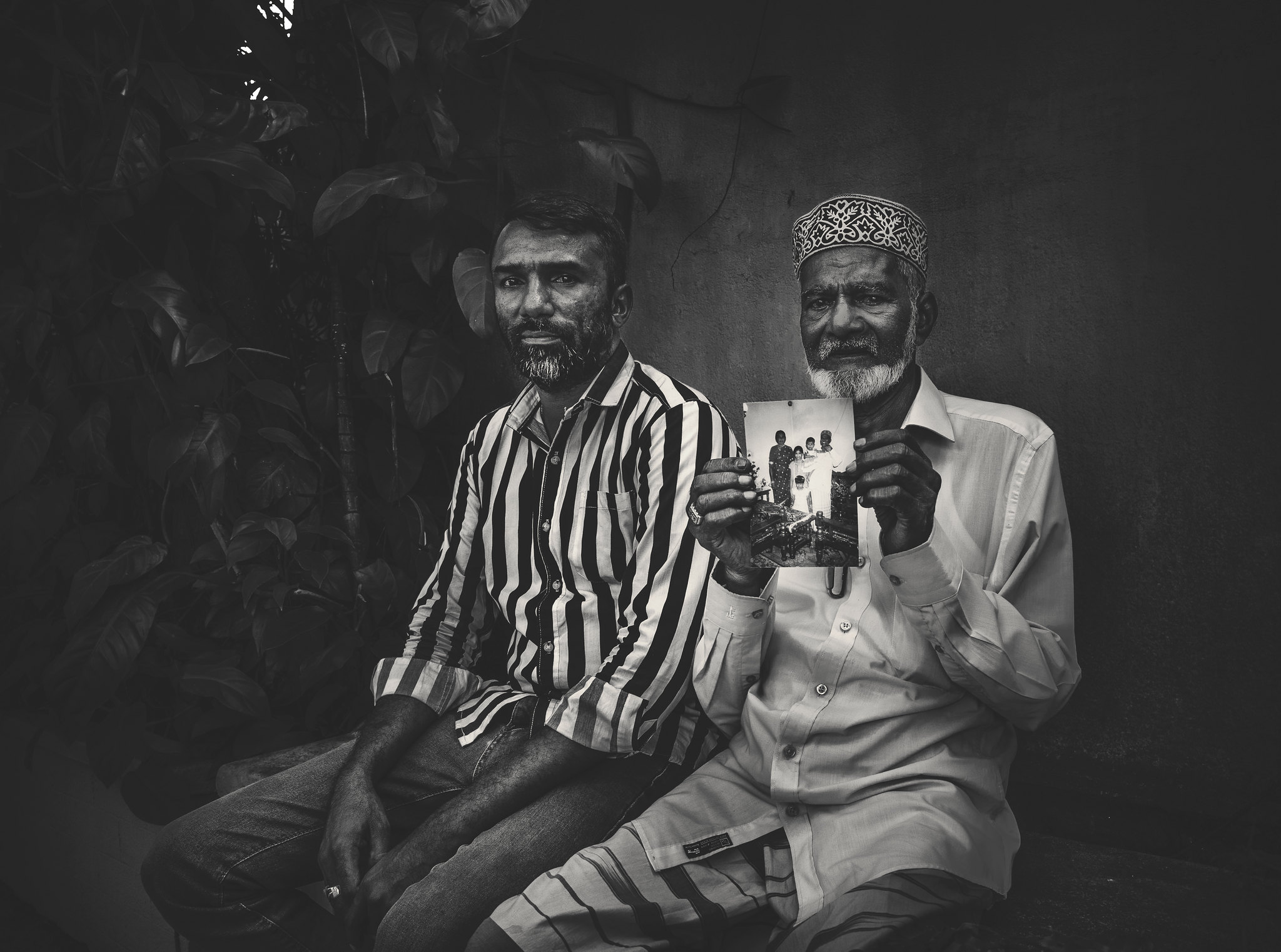
• 24mm • f/8 • 1/100 • ISO500 • Canon R6 & RF24-70/2.8L •

• 60mm • f/2.8 • 1/40 • ISO160 • Canon R6 & RF24-70/2.8L •

• 70mm • f/2.8 • 1/100 • ISO800 • Canon R6 & RF24-70/2.8L •